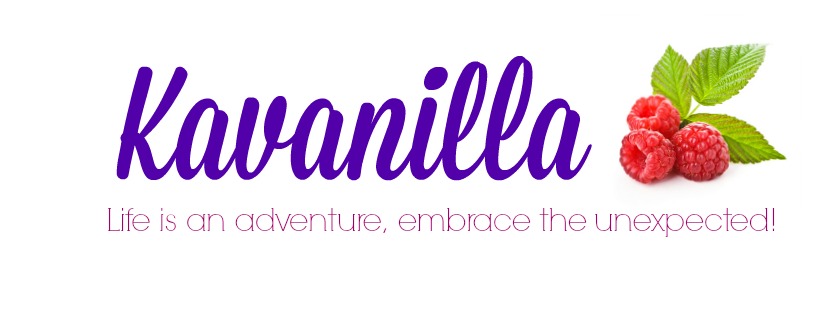I come from the view point that kindergarten is a year to get them ready to love the work of learning by laying foundations in fun and engaging ways. It is a great year to take your time exploring interests, diving into arts and crafts for the love of it, and getting a good solid start on reading and math. Kindergarten social studies and science should be simple and fun. We are sparking a love of learning while introducing them to concepts of our environment, change, time and geography that will lay the foundation for history and science as they head into the meat of their schooling next year. With this in mind I've come up with a 32 week plan of once a week social studies/ science primer lessons that will give them the holistic view of their place in the world and give a great jumping point to any history/ science curriculum you go into in first grade. Each lesson is listed with general objectives and links to projects on Pinterest or websites that the learning materials come from.
Our Place in the Solar System
 |
| Where I live Stackers |
- Our place in the solar system Perhaps with nesting Russian dolls (Phone number with Song/ Address with Song and other fun ideas)
- How to read a map (Books like these, Using a map with key, Following a map visually, cardinal directions, More map practice, Map mini unit, Draw a map of their room)
- Map of my community (Print and play with local maps, How to use a compass, Follow a map of a local park to get to a surprise, draw a map of our town, draw a route from our house to grandma's, map practice continued from week 2)
- I can be a good neighbor (Basic good citizenship, how people work together in a community, local service project)
How the world turns and what it is made of
- The earth is a sphere that circles the sun (Day/Night)
- The Earth is made of Air, land, and water ( We need air and water to live/ land to live on and grow, Sort things found in all 3, describe attributes of all 3, identify land and water on a map)
- Air, Land and Water week 2 (Water cycle, types of clouds, Oceans/Rivers/Lakes, Fresh water vs Salt water)
- Air Land and Water week 3 (How land changes, Erosion, Basic Land forms with salt dough land forms)
- Weather (Weather types, Scientists can predict weather, Tools to measure weather, Start weather graph)
- Seasons (Order of seasons, what they look like, why they happen, Seasons video and this craft)

Cultural Differences
- We are alike/ we are different (Skin/eye color, gender, height, language, likes/ dislikes Etc)
- What is culture? (Food, music, history, art, religion, celebrations. stories)
- What is habitat?
- (Define Habitat and talk about how similar habitats can be found in different places/ overview of types of habitats, and prep our dioramas for finish work) Perhaps this game or This poem.
Continents/ Habitats
 |
| Waseca Elementary Continent Map |
For every habitat week we will talk about: where the habitats are found, 5-10 animals found there, 5 or so plants found there, and typical climates. There will also be a diorama type art project (Like these habitat bottles, Or these sensory bins) and fictional story for each place. Once we cover a habitat they will choose an animal to learn more about and add them to their "animal book" with a drawing, narration, map, and basic facts.
- Continents/Oceans Geography Overview
- Oceans
- (Layers of the ocean, whale migrations, coral reefs, kelp forests)
- North America
- North American Woodlands
- (Types of forests, food chain)
- South America
- South American Rain Forests
- (Layers of the rain forest, food chain)
- Europe
- Europe Woodlands and Rivers/ponds
- (Beaver dams, Fish migrations)
- Asia
- Asian Rain Forests/ Tundra
- (Animal adaptations, permafrost)
- Africa
- African Savannah
- (Types of grasslands, food chain)
- Australia
- Australian Desserts
- (Where is water found, adaptations)
- Antarctica
- Arctic
- (How animals stay warm, food chains)
- Alaskan Habitats
- Alaskan Nature Study
